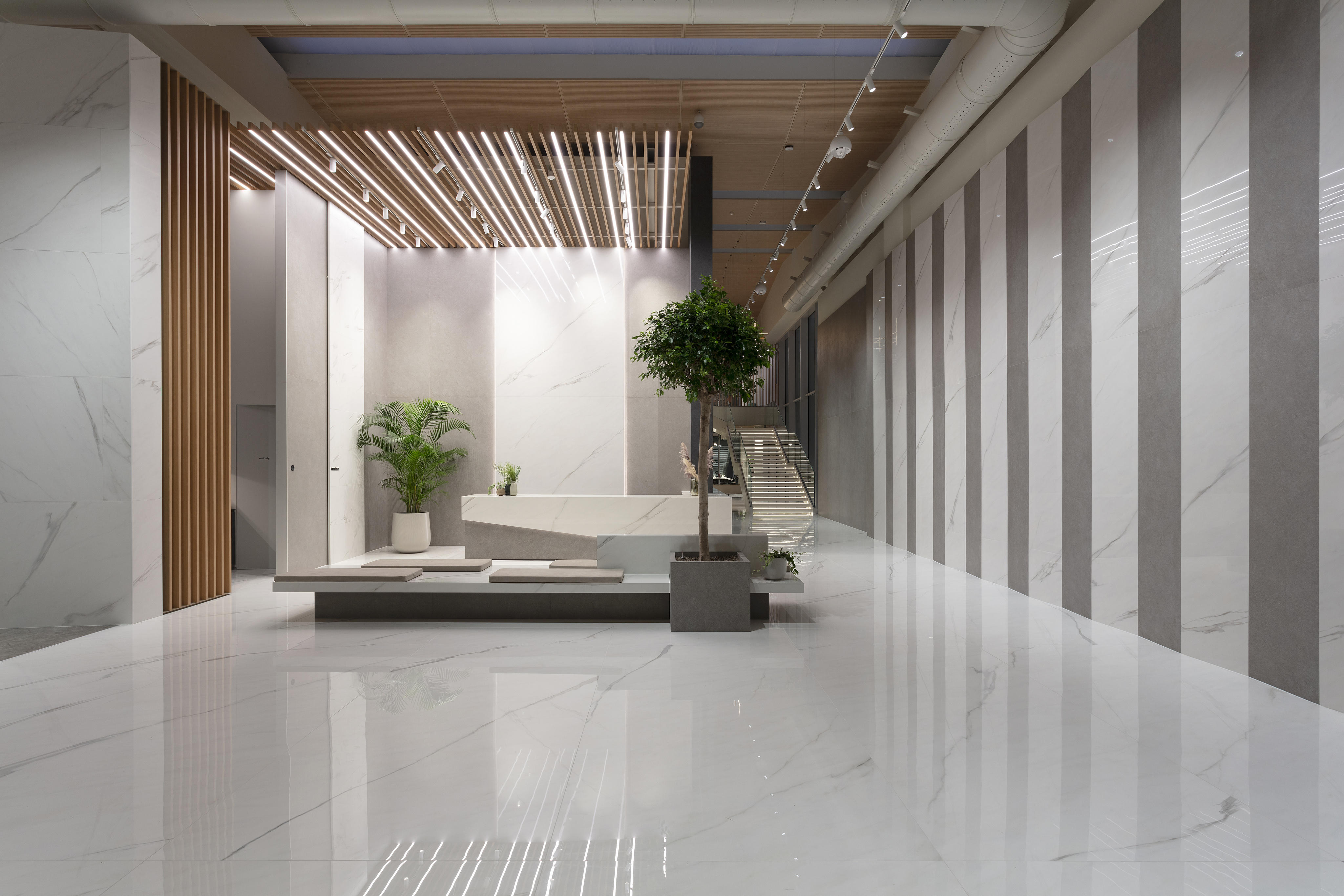Young talent and projects that don’t forget the past

Trend
2023 SaloneSatellite Award
25 May 2023
The success of the 61st edition of the Salone del Mobile.Milan, which saw a 15% increase in visitors, underscores its international appeal, as proudly noted by Fiera President Maria Porro. Moreover, the Salone del Mobile boasted the participation of more than 2,000 exhibitors, including neophyte companies such as Atlas Concorde, present with a booth designed in collaboration with the architect Piero Lissoni featuring the scenic and essential expressiveness of large slabs merged with the earthy beauty of porcelain tiles. In fact, the FUORISCALA Expanding Design Compositions concept was made using surfaces measuring more than four meters high.


Within the Fair and bordering the Salone del Mobile, the SaloneSatellite enjoyed equal success and interest. Situated within the broad cosmography of the Fair and physically and conceptually consistent with the Salone del Mobile in the role of Satellite, it was conceived and founded in 1998 by Marva Griffin Wilshire, the current administrator and curator, as an international observatory of design yet to be fully established. In fact it features the creativity of the studios of young professionals and international training programs specialized in the field, supporting them in facilitating their relationship with businesses. With more than 500 young creatives and 27 design schools, inspired for this edition by the theme Building the (Im)possible. Process, Progress, Practice, each year the event has demonstrated its relevance and growth, as evidenced by this year’s introduction of a section dedicated to lighting, Sate...light.

During the afternoon of April 19, the SaloneSatellite Awardceremony was held in an atmosphere of great anticipation and excitement. This is the 12th edition of the prize, which saw three winning projects chosen for their distinctive innovative features by the jury chaired by Paola Antonelli, senior design curator at MOMA in New York, from a group of 100 participants, all under 35 years of age. The three winning projects conveyed the theme of sustainability in original forms: as the transmission of memorythrough the recovery of the scraps of a traditionally noble material, or as the manifestation of the material essence and value of sustainable fibers, or finally as the refined recycling of waste materials, prompting a reflection on the global effects of unrestrained consumerism. Enthusiastic young talent, driven by a deep sense of social responsibility for the role they play, and an awareness that they are the future drivers of change.
This year there were also three honorable mentions, which were given the Róng Design Award. The three products recognized were: Junki by the Argentinian Joaquin Ivan Sansone; Primitive Structure by the Korean designer Weonrhee; and Avocado Seed Brick by the American studio Fragmentario.
The Rong Design Library of Hangzhou's Yuhang district in China, the initiative’s organizer, offered the winners a month-long residency so they could enrich their know-how with the peculiarities of Chinese craftsmanship. The goal, therefore, was to introduce and promote China to the global design world while supporting the creativity and growth of young designers.
The winning projects of the SaloneSatellite Award
First prize: Tatami Refab by Honoka, Japan
The use of 3D printing and the recovery of poor materials are combined in a versatile project that reintroduces traditional signs and culture into everyday life and domestic spaces in an innovative way. The attention and subsequent reworking of Honoka tatami mats represents a homage of the Tokyo-based studio of young Japanese designers to a tradition that is gradually disappearing, with the intention of reintroducing it into contemporary times, giving it a new life. In fact, the Tatami Refab lamp is made from an original material by mixing a biodegradable resin with IGUSA grass extracted from discarded Japanese tatami mats supplied by Ikehiko Corporation. The grass is pulverized and mixed with cellulose acetate and then printed using the ExtraBold 3D printer's large-diameter nozzle printing technology. "We will continue to hand down tatami culture to the next generation with furniture that re-introduces Tatami into modern life," the winners proudly explained.


Second prize: Triplex Stool by Studio Ryte, Hong Kong
The adoption of Flax, a sustainable wood fiber, with its lightness introduces a contemporary reinterpretation of the strong Brutalist language. The Triplex Stool was designed by Hong Kong-based Studio Ryte to innovate this piece of furniture by considering it as a whole: from the structure to the weight to the assembly process. In fact, the study of curvatures is one of the focuses of young creatives. It is a super lightweight module made of biodegradable wood fiber, one of the strongest natural cellulose materials available. Designed with a strategically curved geometry, the stool stands elegantly on its arches to support a weight, embracing it. Its ability to be stacked makes it ideal for shipping and storage.


Third prize: Ku Do Azò by Ahokpe + Chatelin (Belgium is Design), Belgium
Conceived in Belgium and produced in Benin from recycled materials, this ancient object is an expression of sustainability channeled by a marriage of traditions and handiwork that break down geographical barriers and colonialist aspirations. The Belgian duo, a weaver and a textile designer, came up with the Ku do Azò hanging bed, designed and woven in Benin with its use in European interiors in mind. The fabric is made from the discarded yarns of sweaters from European markets that would otherwise be dumped on African markets. The shape of the bed is the result of assembling narrow strips of weaving from a loom in Benin. This product was conceived as a return to sender, the West, on the one hand to meet its needs for comfort and exotic appeal and on the other hand to emphasize the negative impact of its excessive consumption. Each piece is unique in its color combinations.


Photo Credits
Portrait Marva Griffin: @Maurizio Pedroni
First prize photo: 1. Pinterest 2. @honoka designers
Second prize photo: 1. @studio_ryte 2. @Ludovica Mangini
Third prize photo: 1. @Lucas Denuwelaere 2. @Ludovica Mangini







































.jpg?cropw=4096&croph=2654.2479700187387&cropx=9.695217308093677e-13&cropy=76.7520299812622&cropmode=pixel&quality=75#)




















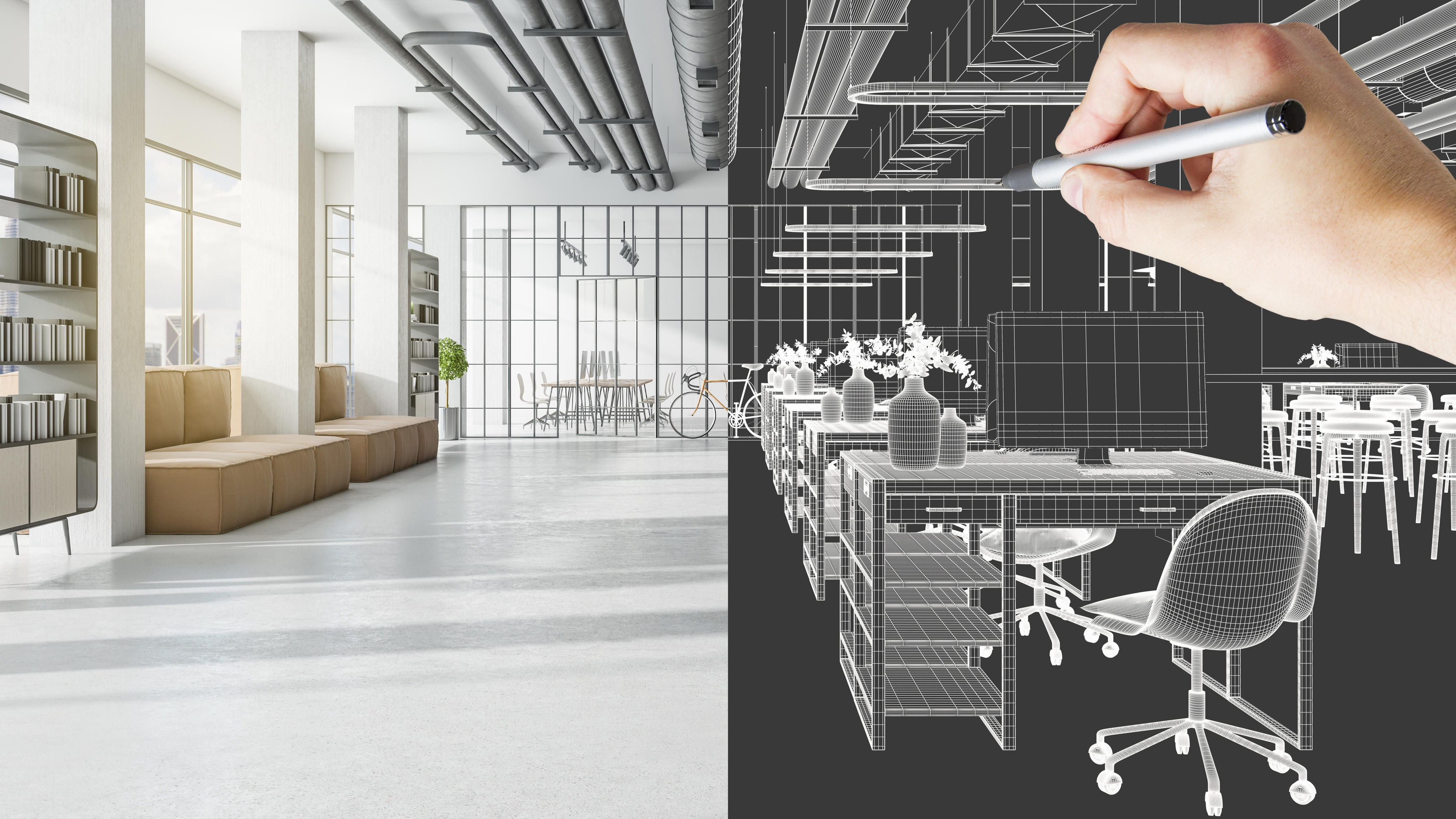
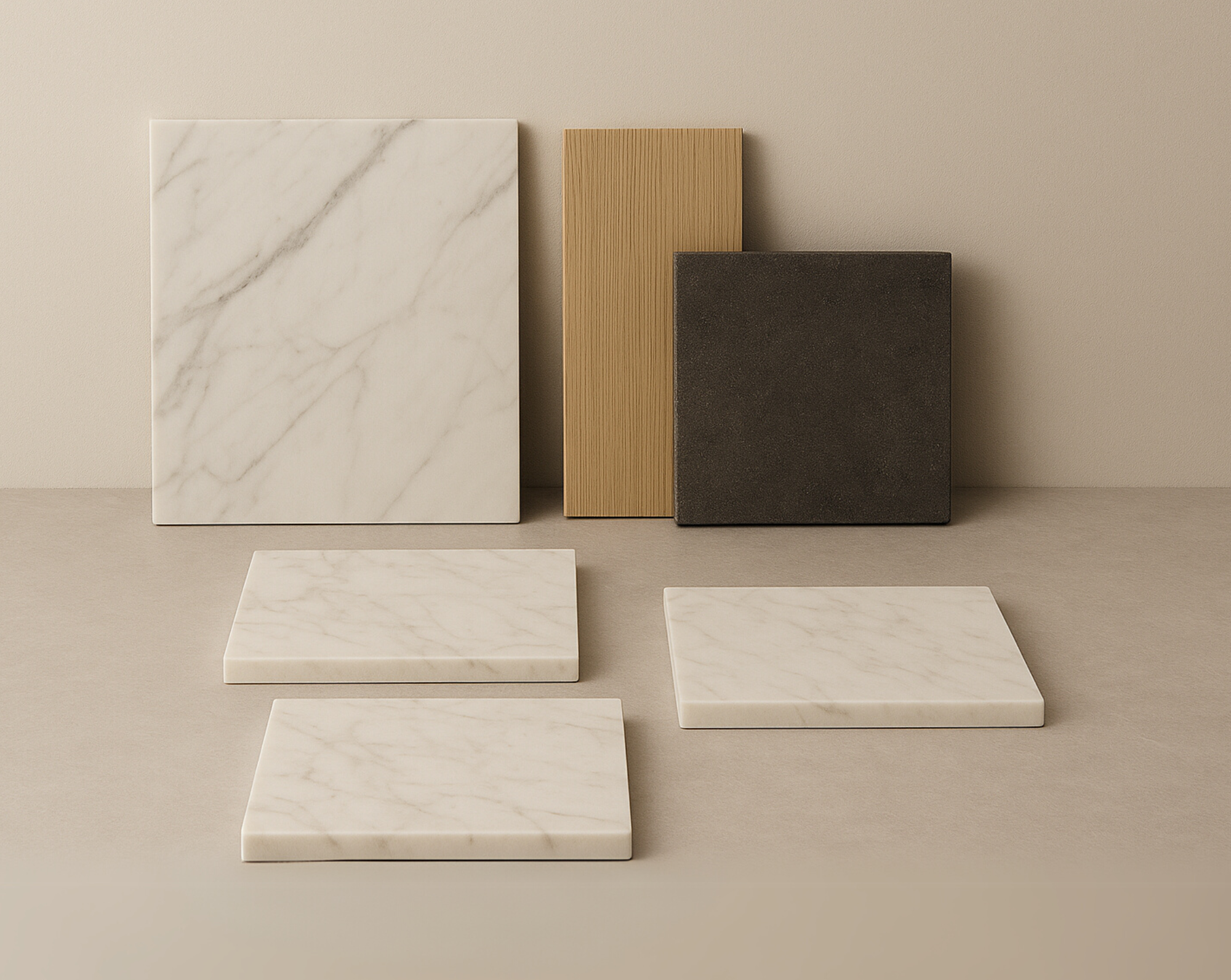


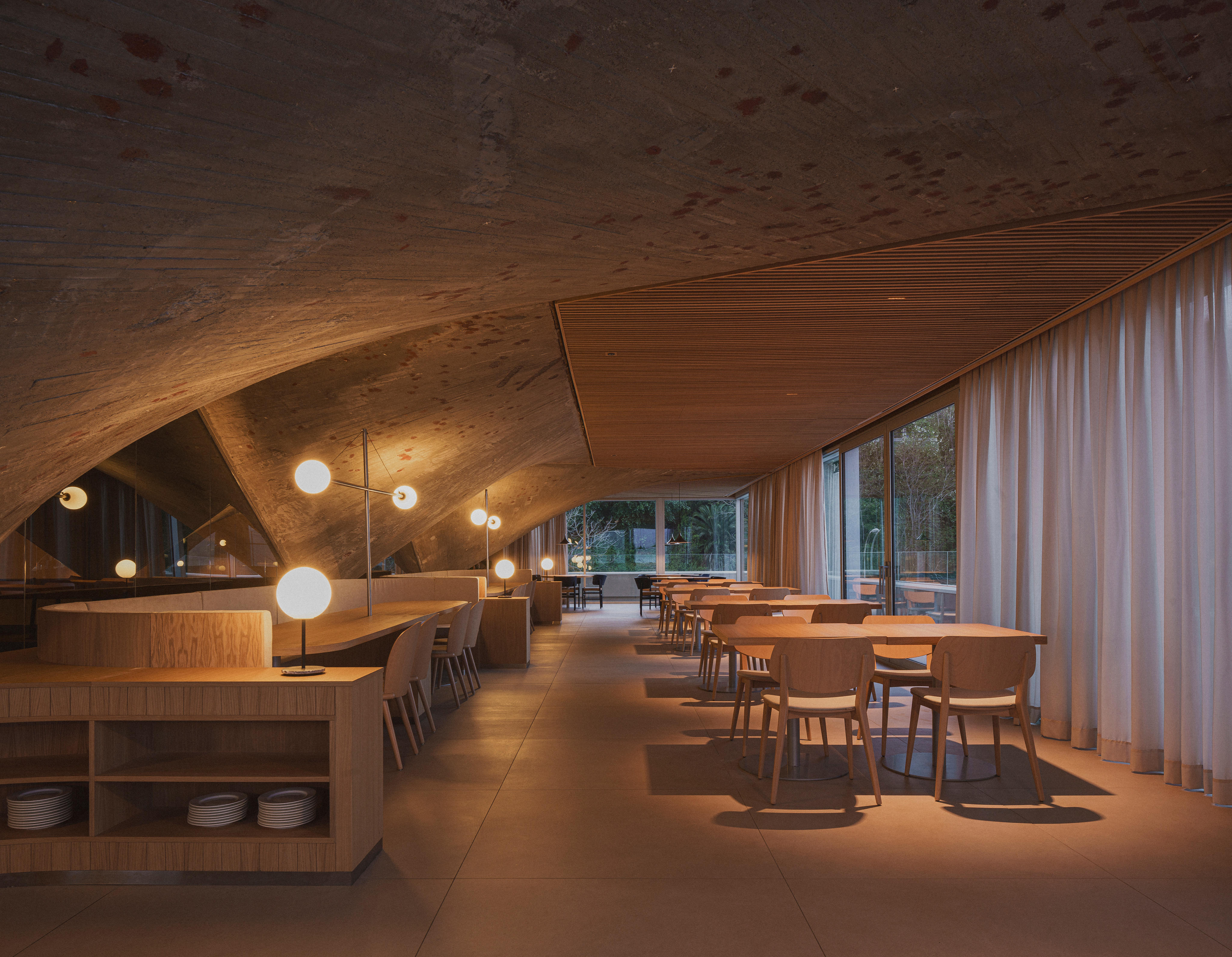







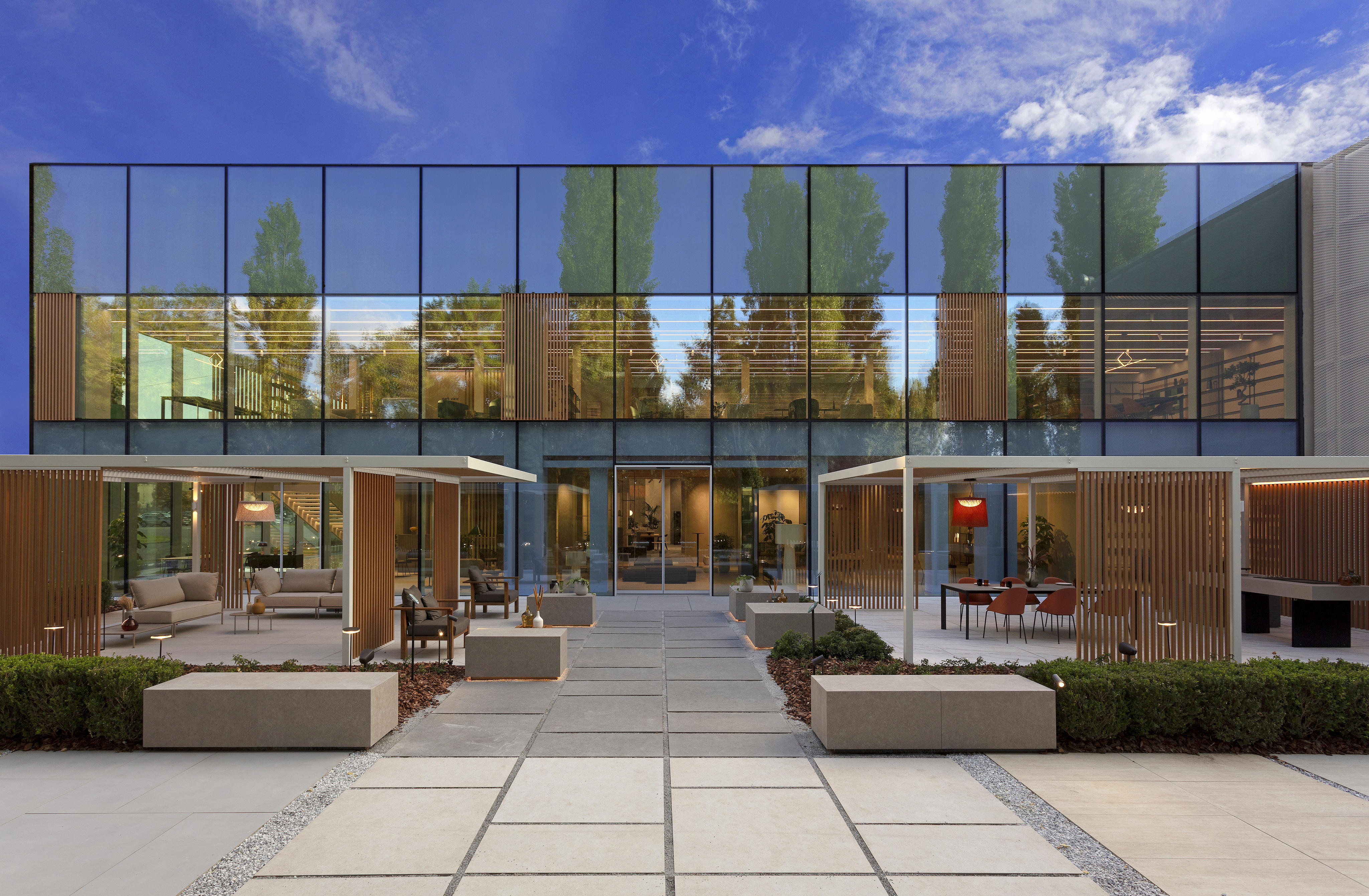








.tif?cropw=4036.303976681241&croph=2705.4159900062464&cropx=59.69602331875912&cropy=25.584009993753906&cropmode=pixel&quality=75#)
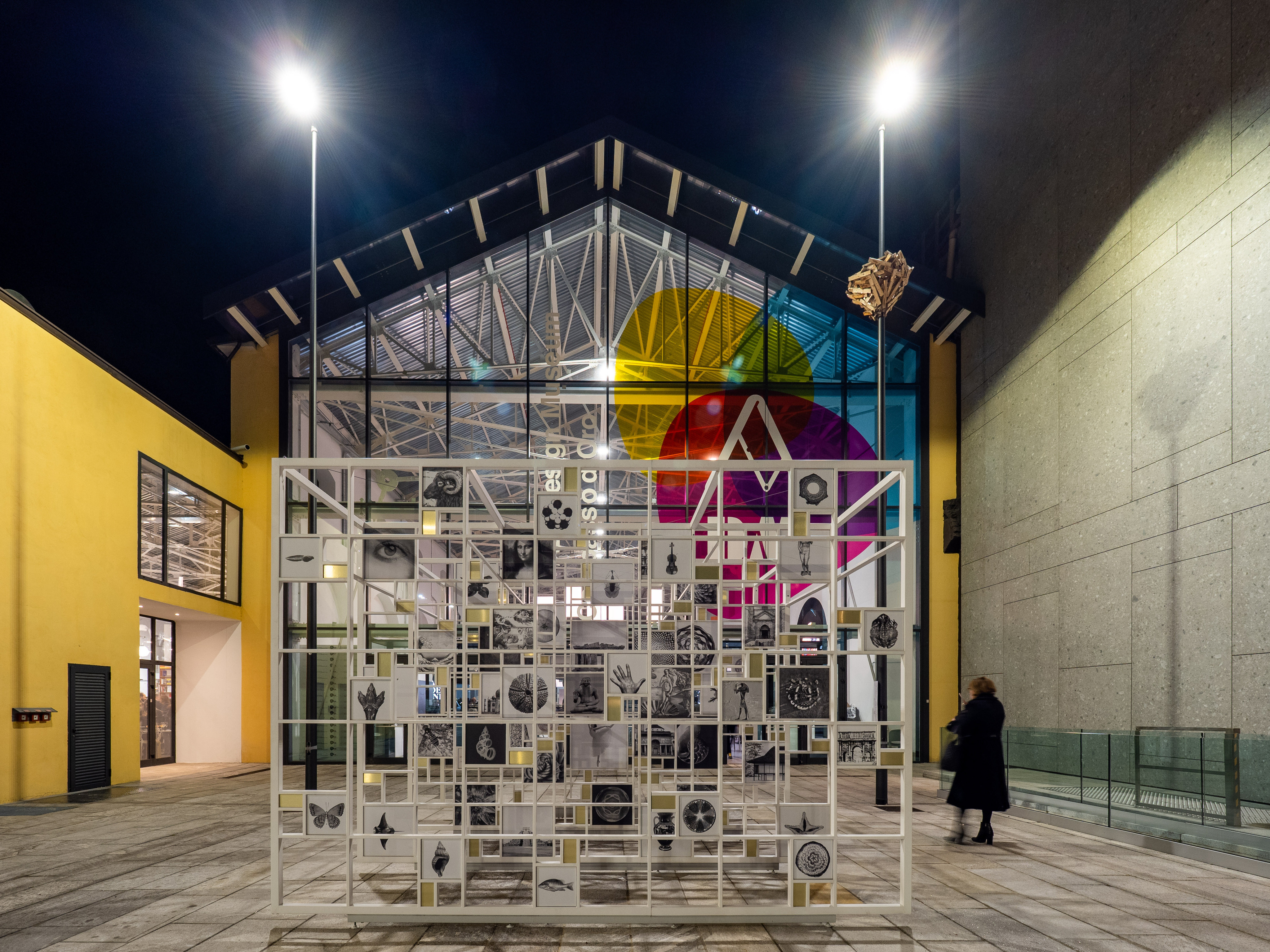.jpg?cropw=4096&croph=2978.1919633562356&cropx=0&cropy=93.80803664376384&cropmode=pixel&quality=75#)

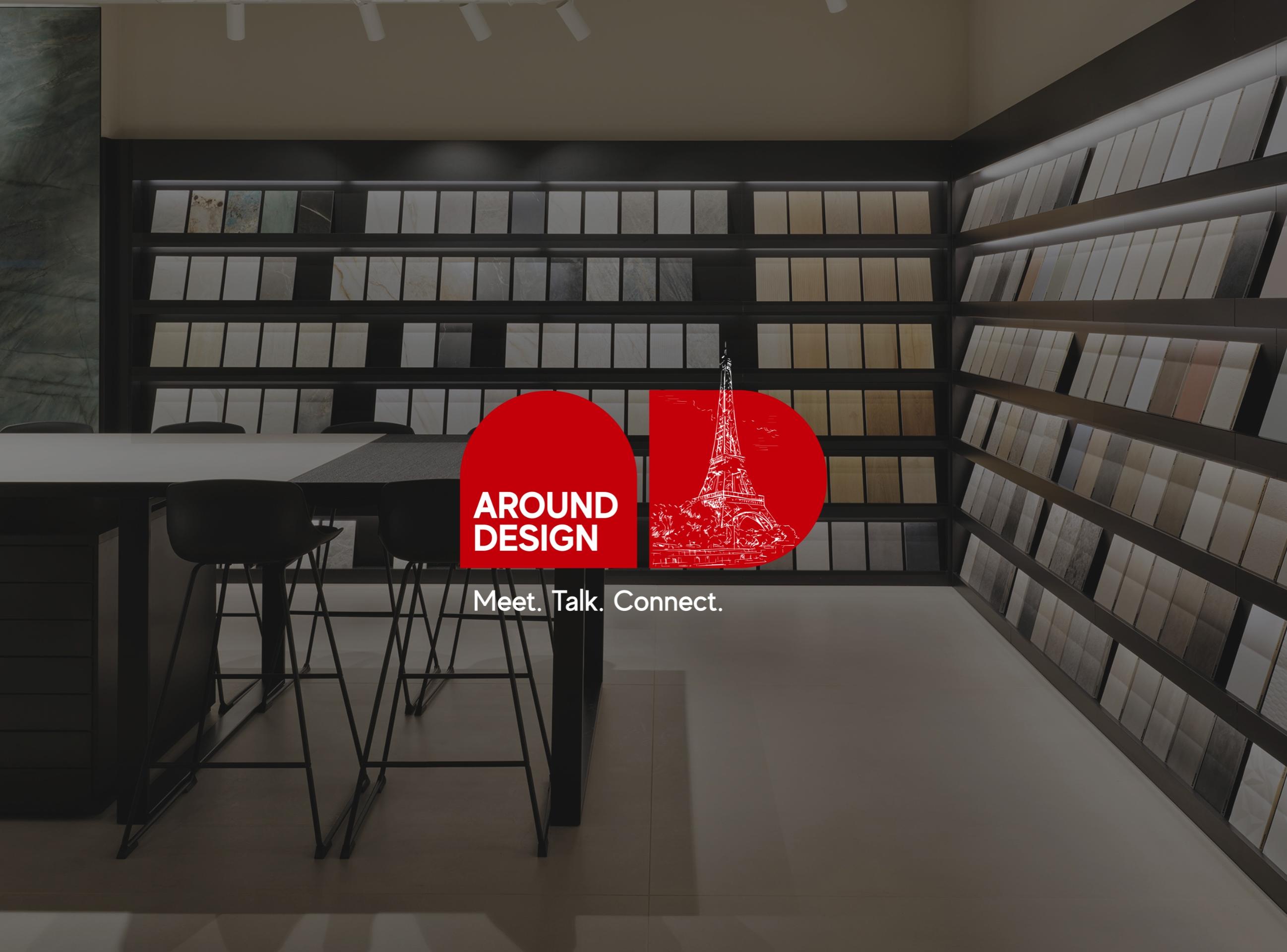


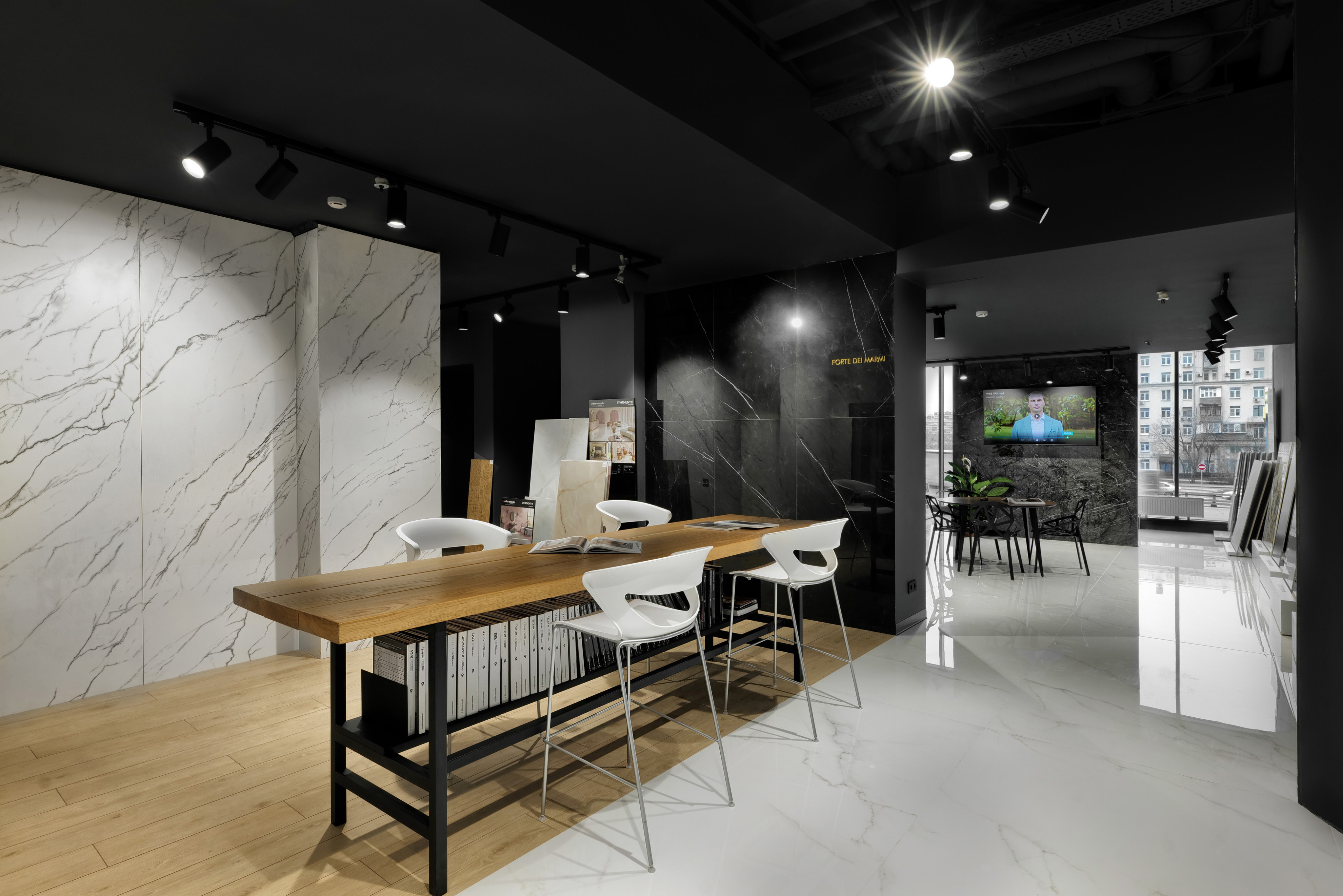.jpg?cropw=4096&croph=2304&cropx=0&cropy=215.39045431878446&cropmode=pixel&quality=75#)




